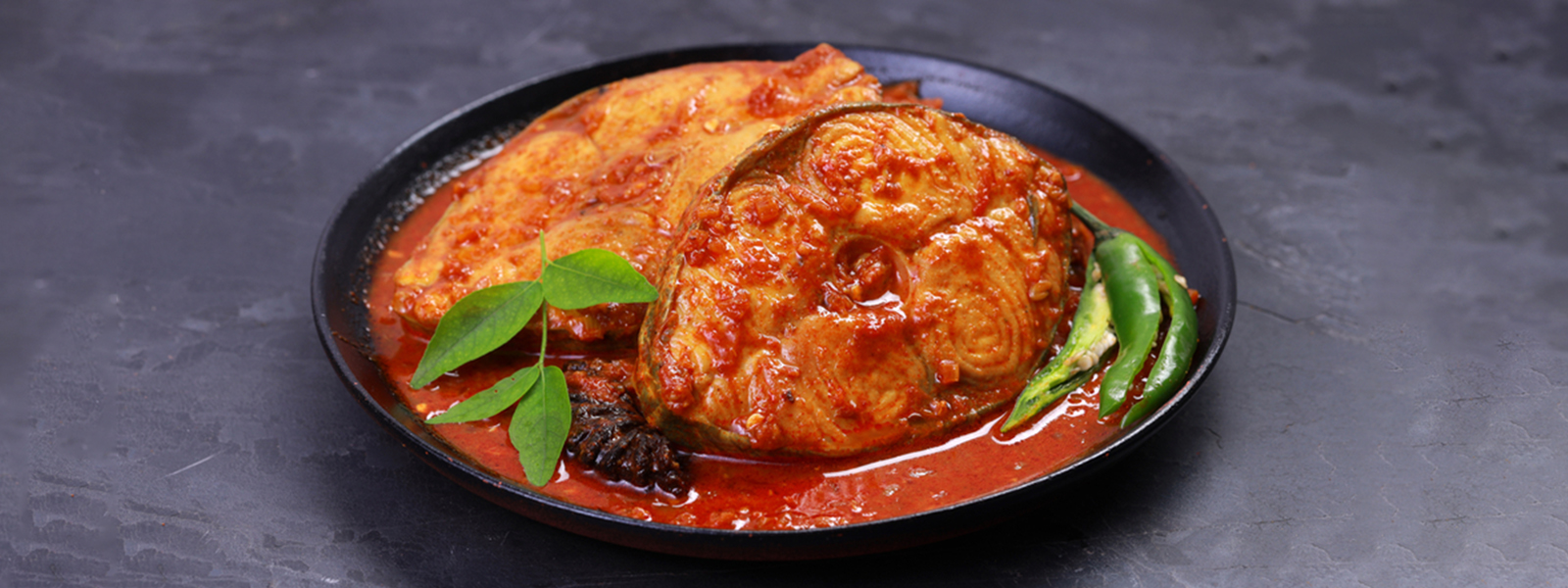

There’s something timeless and soul-soothing about a bowl of hot rice served with Bengali fish curry, known locally as Maacher Jhol. A signature dish of Bengali households, it’s not just food; it’s emotion, nostalgia, and Sunday lunch all rolled into one. If you’re looking to learn the art of Bengali fish curry the professional way, TGCA often features this recipe in its beginner-friendly Indian cuisine classes.
Whether you’re from Kolkata or just curious about Bengali cuisine, this Bengali fish curry recipe will help you recreate a homestyle favourite with simple ingredients. Perfect for beginners, this step-by-step guide utilises rohu fish, seasonal spices, and mustard oil to provide a true taste of Bengal, just like the methods taught by culinary instructors at TGCA. Maacher Jhol is all about timing. Join local cooking classes near me with fees hands-on instruction to learn the art of preparing Bengali fish curries.
Maacher Jhol (মাছের ঝোল) is a light, spicy, and aromatic Bengali fish curry made with freshwater fish, such as Rohu (Rui) or Katla, cooked with potatoes, tomatoes, and a blend of spices. The hallmark of this curry is its use of mustard oil, panch phoran, and turmeric, which give it a distinctly Bengali taste and aroma. Unlike creamy North Indian gravies, this traditional Bengali fish recipe is light and runny, best enjoyed with plain steamed rice. Chefs always stress the importance of smoking mustard oil and using fresh panch phoran for the most authentic flavour in any Bengali-style fish curry.
| Ingredient | Quantity |
|---|---|
| Rohu Fish | 500 gms |
| Tomato Paste | 2 large |
| Potato | 1 large |
| Bay Leaf | 2–3 |
| Dried Red Chilli | 2–3 |
| Cinnamon Stick | 1–2 |
| Ginger Paste | 1 tsp |
| Garlic Paste | 1 tsp |
| Cumin Powder | 1 tsp |
| Coriander Powder | 1 tsp |
| Red Chilli Powder | 1 tsp |
| Turmeric Powder | 2 tsp |
| Garam Masala | 1 tsp |
| Soaked Mustard Seeds | 2 tbsp |
| Panch Phoran | 1 tsp |
| Mustard Oil | 50 ml |
Whether you’re a Bengali at heart or a food explorer looking for a unique Indian dish, this bengali fish curry recipe is worth mastering. With its delicate use of spices, signature mustard aroma, and comforting warmth, maacher jhol is one of India’s most cherished regional dishes. TGCA students often say their first taste of fish curry homemade in class reminds them of family kitchens in Kolkata—proof that good food brings us all together.
Can I use frozen fish for this recipe?
Yes, frozen fish works fine for this bengali fish curry recipe. Just ensure it's fully thawed and patted dry to avoid excess moisture, which can dilute the marinade and affect the frying and overall flavour of the curry.
What is the substitute for mustard oil?
You can use sunflower oil or refined oil, but the signature flavour of fish curry bengali style comes only from mustard oil. It adds sharpness and a pungent aroma that defines the dish’s traditional taste and authenticity.
Is panch phoran necessary?
Yes, panch phoran (five-spice mix) is essential in authentic bengali fish curry. It gives a distinct flavour and aromatic base that sets the dish apart from other regional fish curries. Avoiding it will affect the traditional taste.
Can I skip mustard paste?
You can skip it, but mustard paste adds a sharp, pungent depth to the gravy. It’s one of the signature ingredients in traditional bengali maacher jhol and brings out the regional character of this easy fish curry recipe.
How long does this curry last in the fridge?
You can store bengali fish curry in an airtight container for up to 2 days in the refrigerator. Reheat gently before serving. The flavours often intensify the next day, making it great for leftover meals with rice.
Can I use other fish like tilapia or salmon?
Yes, but Rohu or Katla are traditional choices. Fish like tilapia or salmon can be used as alternatives, though the flavour, texture, and oil absorption may differ slightly from the original Bengali-style fish curry experience.
Is this fish curry spicy?
This easy fish curry recipe is usually mild to moderately spicy. The spice level depends on the type and quantity of chilli used. You can easily adjust it to suit kids or those who prefer milder Bengali flavours.
Can I make it without potatoes?
Yes, you can skip potatoes, but bengali fish curry with potatoes is traditional. Potatoes soak up the masala and offer a comforting contrast to the soft fish, making the curry wholesome and more filling when served with rice.
What makes Bengali fish curry different?
The use of mustard oil, panch phoran, and sometimes mustard paste makes bengali maacher jhol unique. It has a distinct aroma, earthy heat, and thin yet flavourful gravy that distinguishes it from other indian fish curry recipes.
Is this curry gluten-free?
Yes, this recipe is naturally gluten-free, as it uses no wheat-based ingredients. Just ensure your spices and condiments are pure and not cross-contaminated. It’s a safe and tasty option for those on a gluten-free Indian diet.
Click one of our representatives below to chat on WhatsApp or send us an email to
info@tedcoeducation.com
Counselor
Bakery and Pastry Courses
Counselor
Culinary Arts Courses
Click one of our representatives below to chat on WhatsApp or send us an email to
info@tedcoeducation.com
Counselor
Bakery and Pastry Courses
Counselor
Culinary Arts Courses